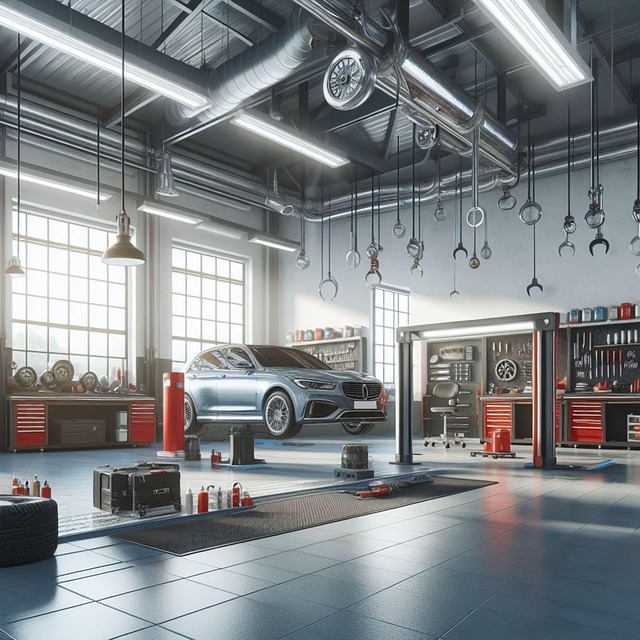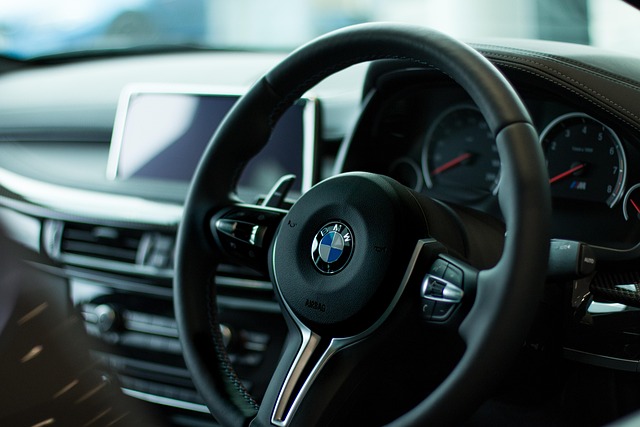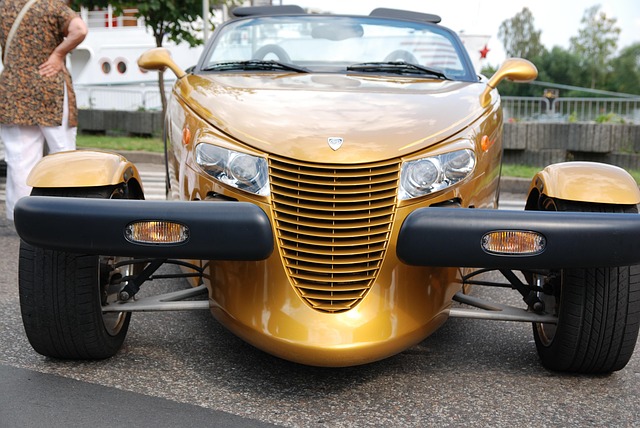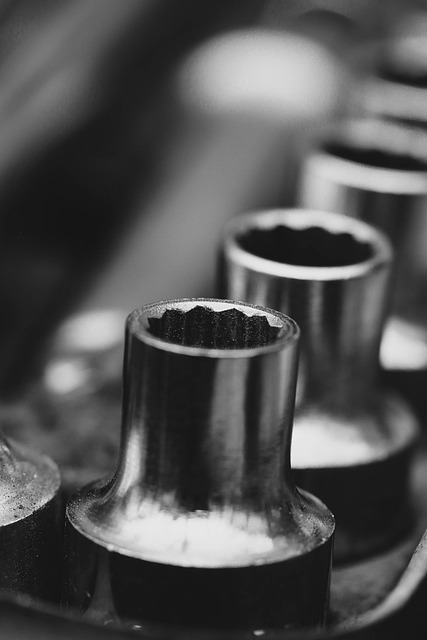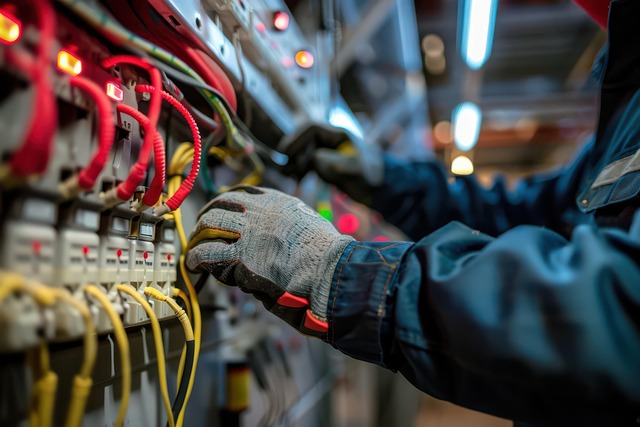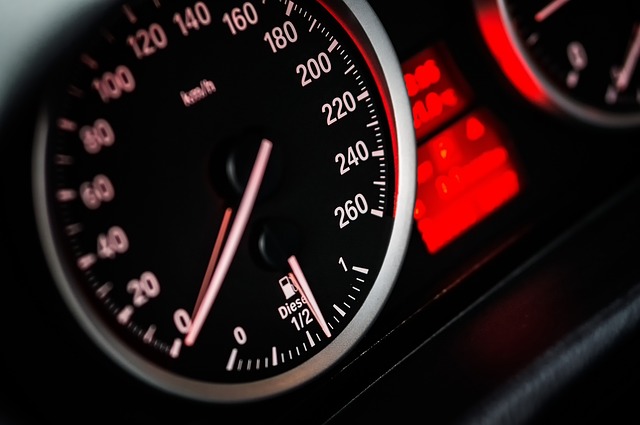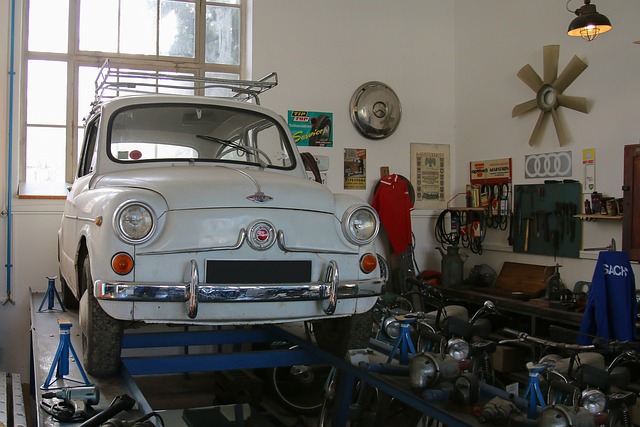Waterborne paint systems are favored by OEMs in vehicle refinish work due to their environmental benefits (reducing VOC emissions and contributing to improved air quality), excellent performance, durability, fast drying times, and versatility. These systems offer a cost-effective solution for both small and large-scale bodyshops, providing high-quality finishes while enhancing aesthetic appeal and employee/customer comfort compared to traditional solvent-based paints.
In today’s eco-conscious landscape, Original Equipment Manufacturers (OEMs) increasingly recommend waterborne paint systems for refinish work. This shift is driven by the significant advantages these systems offer both in terms of performance and environmental sustainability. Waterborne paints boast low Volatile Organic Compound (VOC) emissions, rapid drying times, superior coverage, and easy application—all contributing to improved air quality, reduced waste, and a lower carbon footprint. This article explores why waterborne paint systems are the game-changer OEMs rely on for durable, eco-friendly refinish solutions.
- Advantages of Waterborne Paint Systems
- – Low VOC emissions and improved air quality
- – Reduced odour and better work environment
Advantages of Waterborne Paint Systems
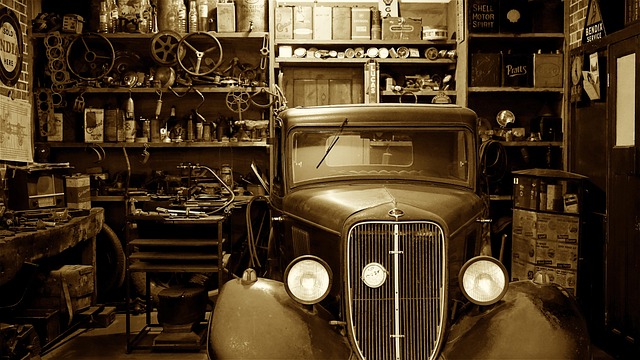
Waterborne paint systems offer numerous advantages for vehicle refinish work, making them a preferred choice among Original Equipment Manufacturers (OEMs). One of the key benefits is their environmental friendliness. These systems produce lower volatile organic compound (VOC) emissions compared to traditional solvent-based paints, contributing to improved air quality during application and reducing the overall ecological impact. This eco-conscious approach aligns with evolving regulations and consumer preferences for more sustainable products.
Additionally, waterborne paint systems provide excellent performance and durability in auto frame repair and vehicle bodywork applications. They offer superior coverage, fast drying times, and robust adhesion to various surfaces. The smooth, glossy finish they deliver enhances the aesthetic appeal of vehicles, ensuring a high-quality refinish that can withstand the rigors of daily driving. Furthermore, these systems are versatile, suitable for both small-scale repairs and large-scale bodyshops, making them a cost-effective solution for OEMs looking to maintain high-quality standards across their production and repair processes.
– Low VOC emissions and improved air quality
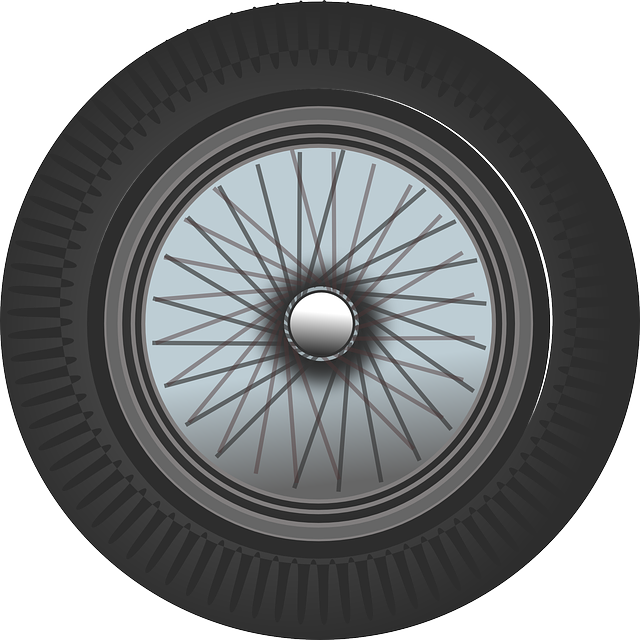
Waterborne paint systems have gained significant traction among Original Equipment Manufacturers (OEMs) for vehicle bodywork refinish work due to their exceptional environmental benefits. One of the primary advantages is their low volatile organic compound (VOC) emissions, which play a crucial role in improving air quality both within car body shops and beyond. This shift towards waterborne paints is particularly notable in the auto frame repair industry, as it helps reduce the release of harmful gases that can contribute to air pollution.
By embracing waterborne paint systems, car body shops not only adhere to stricter environmental regulations but also create a healthier work environment for their employees. Moreover, the reduced VOC levels result in lower odour concentrations, ensuring a more pleasant experience for customers visiting these facilities. This dual benefit of enhanced air quality and improved customer satisfaction makes waterborne paints an attractive option for OEMs looking to incorporate eco-friendly practices into their vehicle bodywork refinish processes.
– Reduced odour and better work environment

Waterborne paint systems are a popular choice among OEMs (Original Equipment Manufacturers) for refinish work due to their numerous benefits. One of the key advantages is the reduced odour, which significantly improves the work environment in auto collision centers and collision repair shops. Unlike traditional solvent-based paints, waterborne formulas release fewer volatile organic compounds (VOCs), making them safer and more environmentally friendly. This change not only enhances air quality but also contributes to better indoor air comfort for workers, reducing potential health issues associated with harsh chemicals.
Furthermore, these paint systems offer excellent performance characteristics, including fast drying times and superior coverage, which streamline the collision repair process. The ease of application and minimal odour make them a preferred choice for both OEMs and collision repair services, ensuring high-quality finishes while maintaining a healthy workplace.
Waterborne paint systems are increasingly becoming the preferred choice for OEMs in refinish work, thanks to their significant advantages. These systems offer lower VOC emissions, enhancing air quality and creating a more pleasant work environment. By embracing waterborne paints, manufacturers not only contribute to environmental sustainability but also ensure better health and comfort for their workforce. This shift is a testament to the superior performance and benefits that waterborne paint technology brings to the table.


